‘I don’t understand it, Holmes,’ I said, ‘who would bring more cakes to a bakery?’
I watched the great detective looking around the shop. Outside the policemen waited discontentedly but Holmes was adamant that he was not to be disturbed. He stabbed a finger into the icing of one of the introduced confections and sucked it, showing no apparent pleasure. Then he turned, that satisfied look in his eyes that told me he’d solved the case.
‘It’s elementary.’ He said.
Welcome to Meeple Mountain’s review of Masters of Elements, the first large box expansion for Lucky Duck Games’ Vikings Gone Wild. Make sure to read my review of the Vikings Gone Wild base game as well.
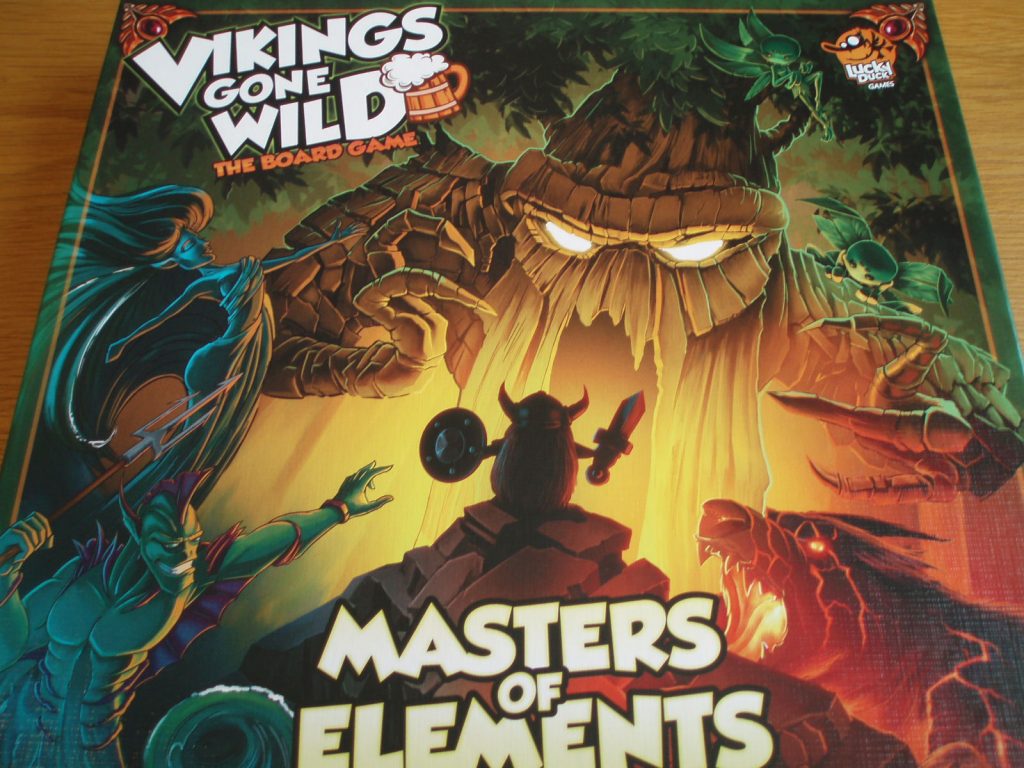
The Cakes Are Not A Lie
Masters of Elements follows two small box expansions (It’s a Kind of Magic and Guild Wars), a 5th player expansion, and the Ragnarok expansion which turns Vikings Gone Wild into a cooperative battle against the undead. It’s an impressive rate of growth for a game released in 2017, demonstrating the huge potential for this series (and possibly its smartphone in-app purchase origins).
Masters of Elements, however, is the first expansion that fundamentally changes how Vikings Gone Wild plays. It does this not just by replacing existing content, but by adding more. In my review of the base game I felt that Vikings Gone Wild is stuffed to the seams with missions, goals, favours and a whole raft of cards available to purchase. The game’s ambitions are akin to wanting to have and also eat all the cakes, and by and large it does so very successfully. But where earlier expansions substituted a slice of sponge here or there, Masters of Elements builds an extra tier and then slathers it in frosting to produce a profoundly different experience.
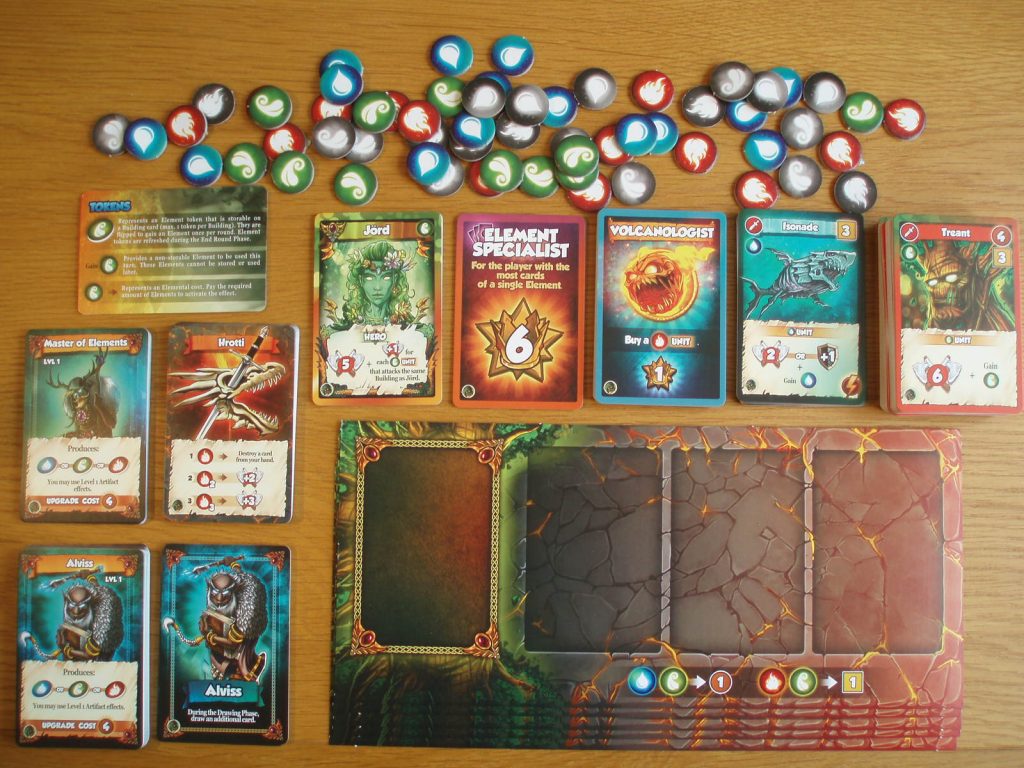
The Extra Tier – Elements and Artefacts
At the start of the game each player receives an additional player board and a ‘Master of Elements’ – a character card that can be upgraded in a similar way to the Town Hall in the base game. Players then draft elemental artefacts: each player has a hand of artefact cards, selects one, passes it on to the next player and repeats until everyone has 3 artefacts in front of them. The artefact cards are unique special abilities meaning that within a couple of minutes everyone suddenly has an individual starting position.
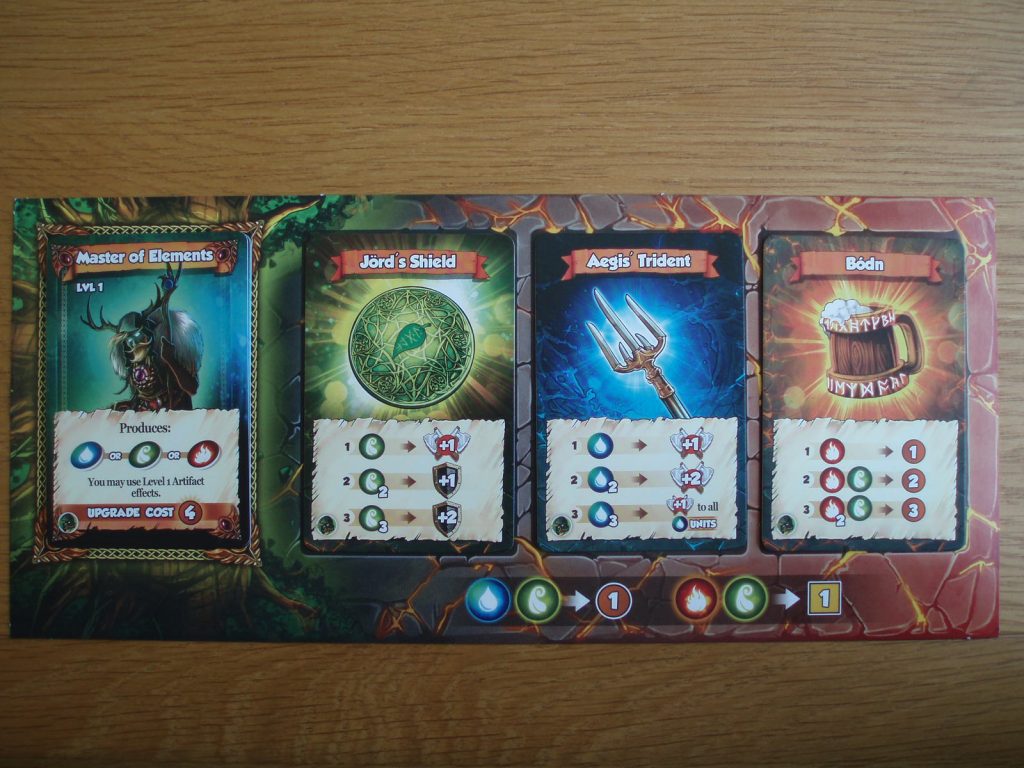
Every round your Master of Elements produces a single element, a token of fire, water or nature which you assign to one of your buildings. These element tokens act as an additional currency: you exhaust them (by turning them over) to access the special powers of your artefacts or other cards in the expansion. At the start of the next round all spent element tokens refresh so over the course of the game, as you buy more buildings, your elemental power increases. The Masters themselves can also be upgraded to allow you to access even more powerful artefact effects and produce more element tokens.
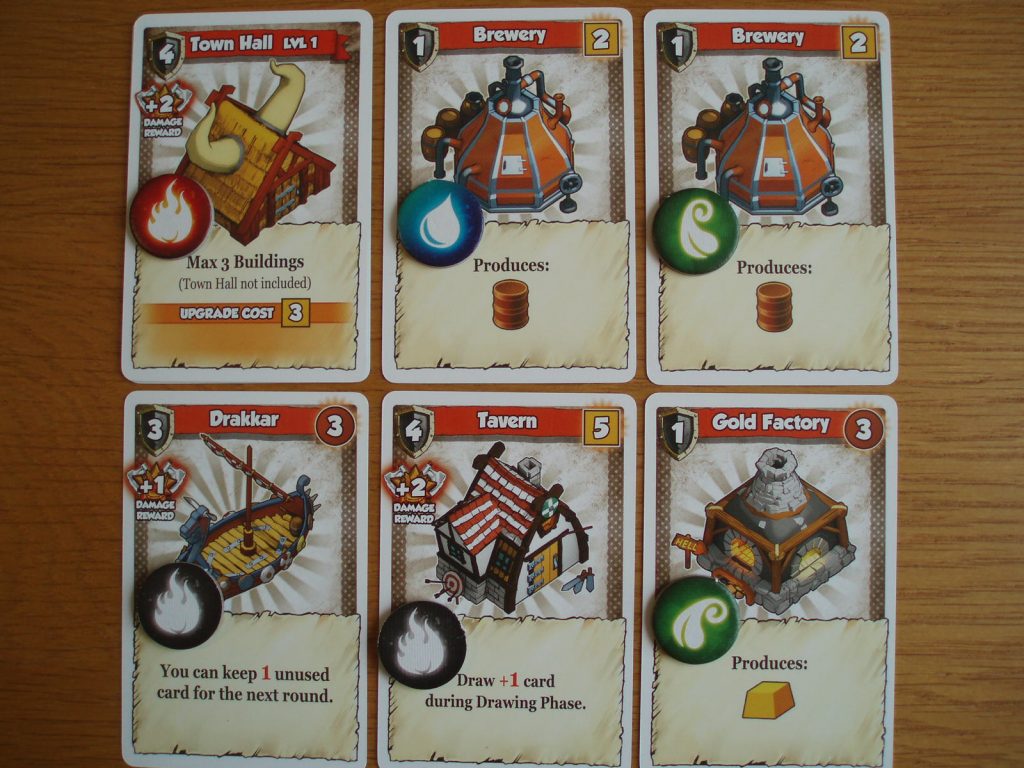
There isn’t a single area of the game that Masters of Elements doesn’t change. The base game’s original Unit and Defence cards are replaced by elemental equivalents and there are further cards added to Odin’s Path, the Missions, Bonuses and Divine Favours. Many cards function as before but also have an additional or alternative ability based around their elemental power.
The Frosting – Gods
You might think the extra tier was enough but Lucky Duck Games have gone one step further by icing their confectionary creation with Gods. It’s a generous addition of yet more variability to what’s already a plentiful expansion.

The Gods are used instead of the Masters of Elements; on top of the Masters’ ability to produce element tokens, each God has its own special ability that’s accessed once fully upgraded. At the start of the game players are each given two Gods and allowed to choose one. Their powers are things like Loki allowing you to steal beer or gold from other players, or Thor increasing the strength of your warriors. It’s a small yet dramatic change to the game, meaning that whilst players are all scrabbling for points, their methods may be very different.
Odin or Just A Din?
One of the most impressive aspects of Vikings Gone Wild was how quickly the myriad of stuff in front of you began to make sense. Barring a couple of fiddly rules it’s such an intuitive game, able to be introduced to almost anyone no matter their previous board game experience. The same cannot be said for the Masters of Elements expansion: only those familiar with the base game should venture here. But for those adventurous souls it’s well worth the journey.
In fact, Masters of Elements feels less like an expansion and more like a sequel: familiar yet its own thing. But like many sequels, bloat is an issue here too. The inescapable result is that it slows turns down. With cards that can be used in several different ways, there’s a lot more to think about and it invariably takes a little longer. Despite a slight increase in downtime though, Masters of Elements is easily more Last Crusade than Crystal Skull.

To start with, Masters of Elements fixes a number of the issues with Vikings Gone Wild. In the base game turns could be frustrating depending on who round the table was available to be attacked and how they’d developed their village.. Now the elements provide an extra incentive to have buildings meaning that you should have plenty of buildings to target no matter who you attack.
The base game also felt as if, by having so many different areas, Lucky Duck Games weren’t able to provide quite enough of each. Not so anymore. With the artefacts, Gods and additional cards for each area there’s now more variability than you can shake a magic hammer at. With unique artwork and five currencies (beer, gold, fire, water and nature) there is also no longer an issue with cards that function the same but with a different currency. It’s still not at its best as a 2 player game but otherwise Masters of Elements completely soothes my slight hesitations over Vikings Gone Wild.
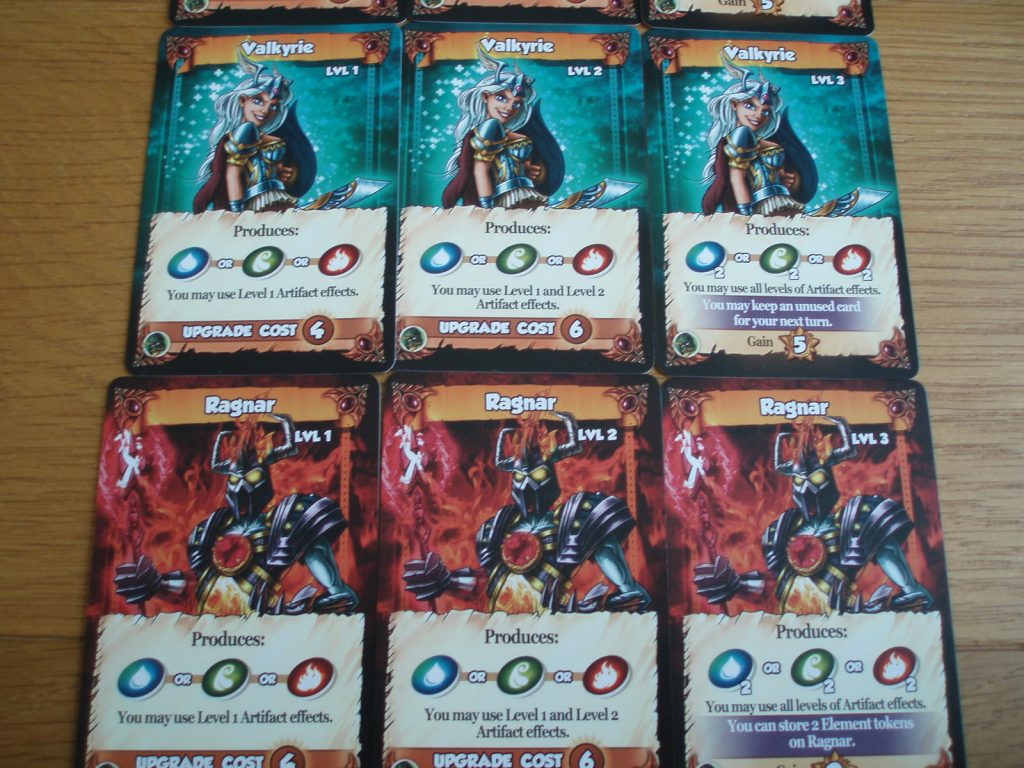
And then there are the improvements that Masters of Elements adds to the experience. For anyone looking for more interesting decisions from the game, Valhalla has delivered. Since the new cards are linked to specific elements, the artefacts you choose and elements you assign to buildings can influence your entire game strategy. Where before you may have played mostly reactively, that’s no longer a viable option. Player turns are also a lot more diverse than in the base game, where often your opponents would be doing very similar things to you for much of the time.
Combat has been improved too. Defending your buildings previously relied upon having the right cards in your hand at the right time – turn order and the random shuffle could play a huge factor. Yet defensive cards never felt exciting and didn’t seem to provide as much return as attacking cards. Masters of Elements replaces the separate card types with alternatives that can attack and defend. It makes thematic sense (why couldn’t the Elf Archer defend as well as attack?) and adds some depth to the decision making process. Now you can throw all your might against an opponent or hold some in reserve to defend yourself later, but crucially each card gives you that option rather than telegraphing you down a set route.

The Gods add to the gameplay but also have a subtle thematic impact. Now your clan of Vikings has an identity. If you’ve got Thor as your God then it’s fun to try and collect his hammer, Mjölnir. To be honest, I’m not sure that the Masters themselves needed to be included in the box – now that I’ve played with the Gods I’m very unlikely to use the Masters again, even with players new to the expansion. The Gods aren’t a huge step up from the Masters and since their abilities don’t activate until they’re fully upgraded, you’ve time to get used to the new elemental system before you need to think about using their powers.
How often I play with an expansion depends on how easy it is to integrate with the base game. I’m therefore hugely impressed by Masters of Elements – some cards are simply replaced but the rest are just shuffled in seamlessly. There’s even a part in the rules that reads ‘For simplicity of setup, we are keeping the full Mission deck from the Base Game. You will encounter Missions that cannot be played. If so, remove them immediately from the game and draw a new one.’. Obviously you might want to separate the expansion out again, but then separating cards afterwards is the hangover that accompanies all deck building feasts and it’s not much more of an effort.
The art is also a step up in Masters of Elements. The base game looks great, but in comparison it seems to be suffering under a preponderance of brown – too much card background and not enough artwork. There’s so much more richness and verve now. Having established the foundations of their world with Vikings Gone Wild the designers have really gone to town to make this a stunning product and everything seems to pop that bit more. Masters of Elements is easily one of the best looking games I’ve played all year.
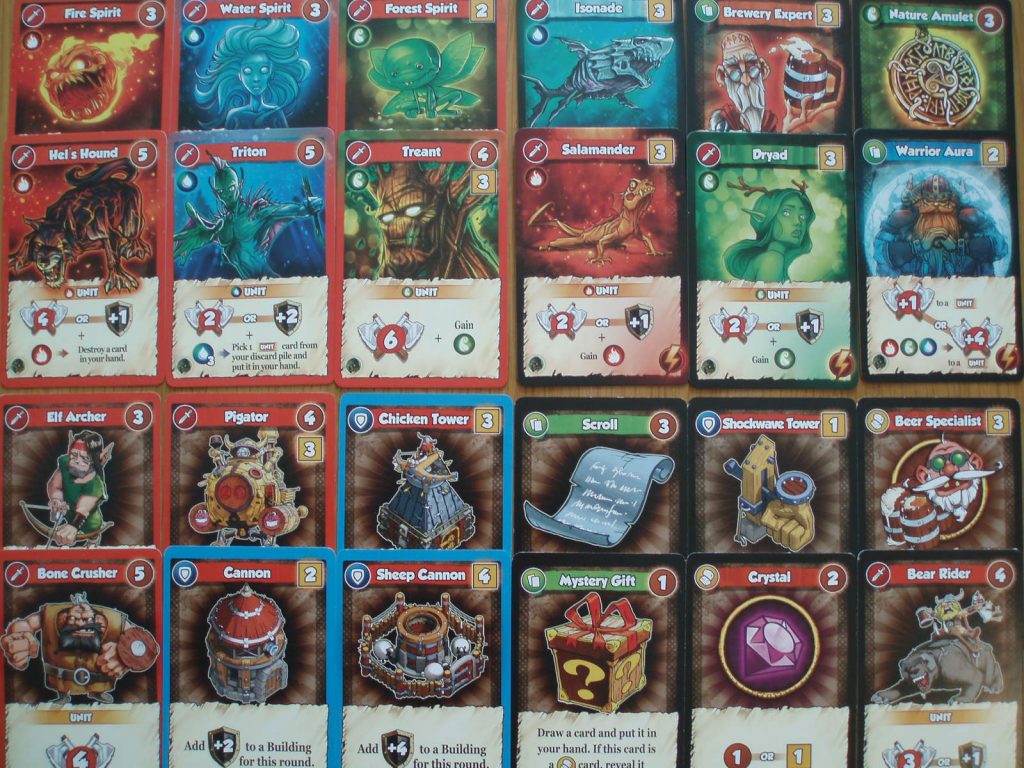
In Summary
I’ll confess that I didn’t believe Vikings Gone Wild needed any more moving parts to it, just more variability within what it already had. But Masters of Elements has proved to me that sometimes adding yet more cakes to a bakery can really work. For lovers of cake (be it confectionary, alternative music or fictional yellow narcotics) more is a good thing. It adds a little more weight, but if you were starting to find the base game’s sponge a little dry then this feels like an elementary decision.


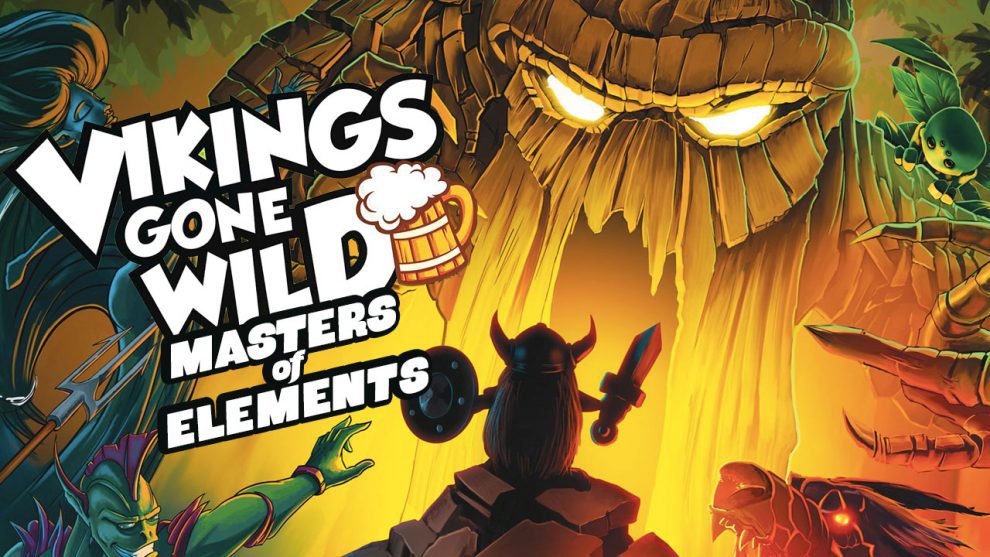
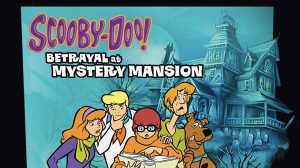


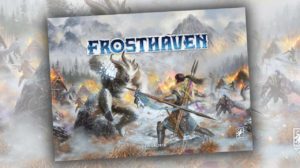




Add Comment